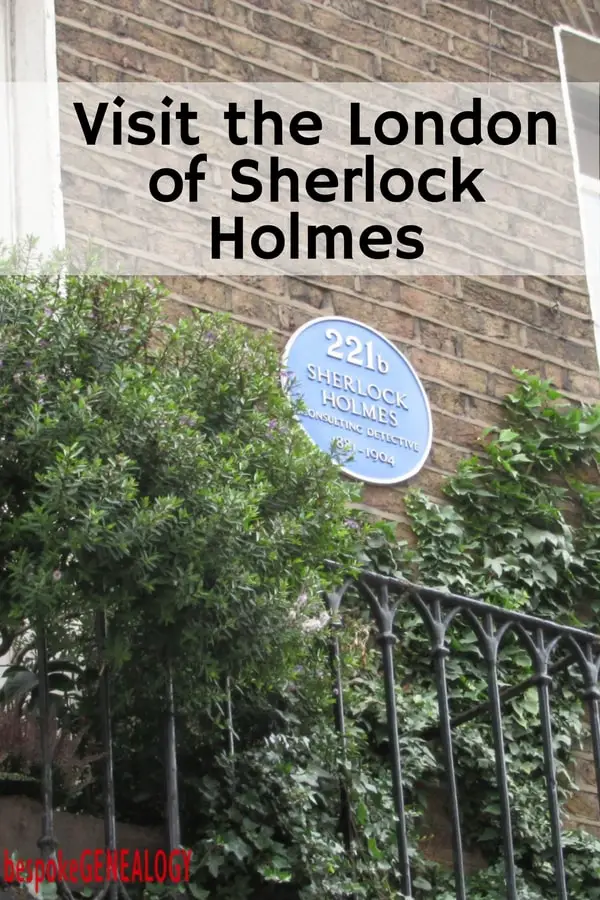
Sherlock Holmes is probably the World’s best loved fictional detective. The books and short stories were written between 1887 and 1927 and most were set in the period between 1880 and 1914. They were so well written that Holmes and his assistant Dr. Watson are often seen as historical figures rather than fictional characters, especially as many of the places mentioned in the books were real and still exist. If you are a fan of the detective and are visiting England, here are some places associated with Sherlock Holmes’ London.
221B Baker Street
Nearest Tube: Baker Street
The most famous address in crime fiction! However, it was a fictitious address. When Sir Arthur Conan Doyle started writing the books, Baker Street only went up to number 85. Baker Street was extended in 1930 by renaming York Place and Upper Baker Street, so that now the street extends all the way from Portman Place to Regent’s Park. The Sherlock Holmes Museum pretends to be 221B and has a “blue plaque” on the wall as well as “221B Baker Street” above the front door, but its address is really 239 Baker Street.
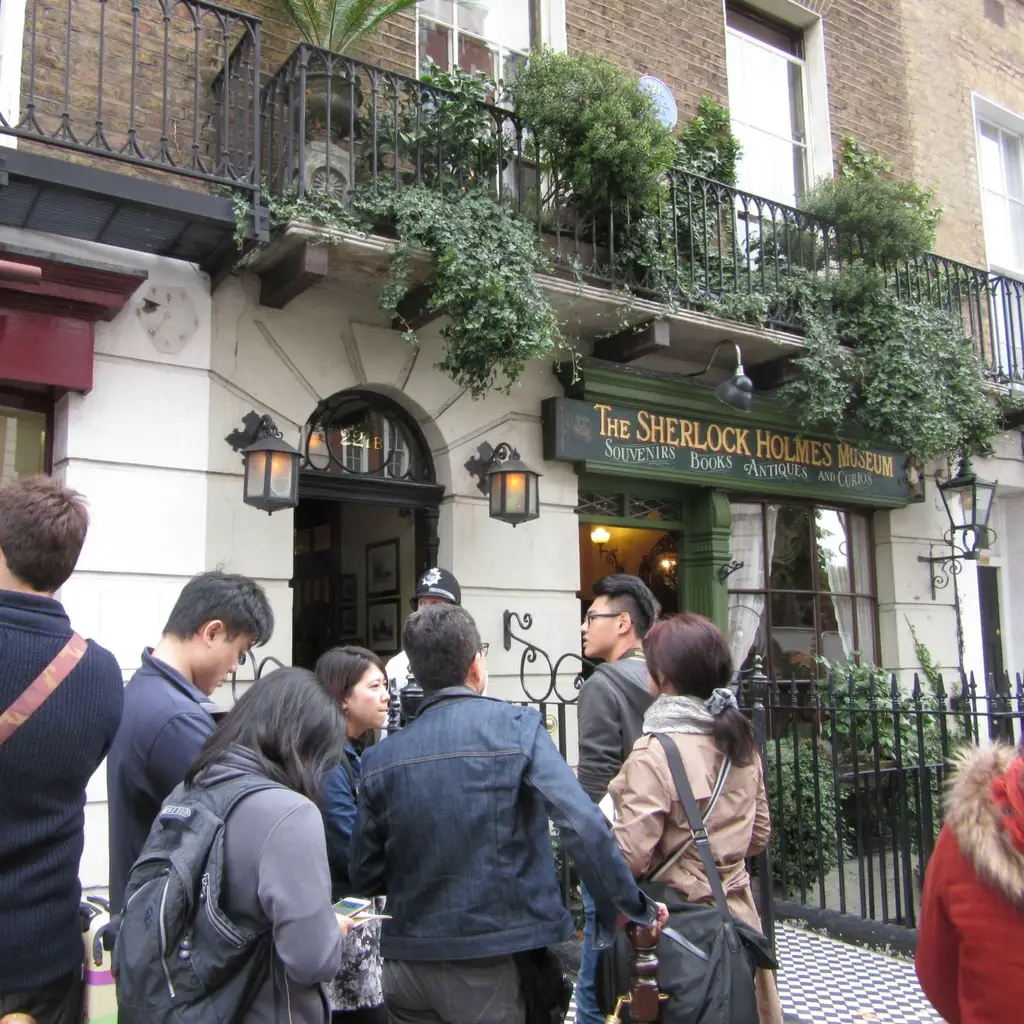
The Sherlock Holmes Museum, Baker Street
Using period furniture and decorations, the Sherlock Holmes Museum recreates the period between 1881 and 1904 when both Holmes and Watson were sharing rooms at 221B. It features several exhibits from different adventures. If you have read the books or are a fan of the period television and film adaptations, then you will probably enjoy the museum. There is a souvenir shop on the ground floor. The museum is fairly small and gets crowded with long queues forming (see picture), so it is advisable to get there early.
The Sherlock Holmes Pub
Northumberland Street, nearest Tube: Charing Cross
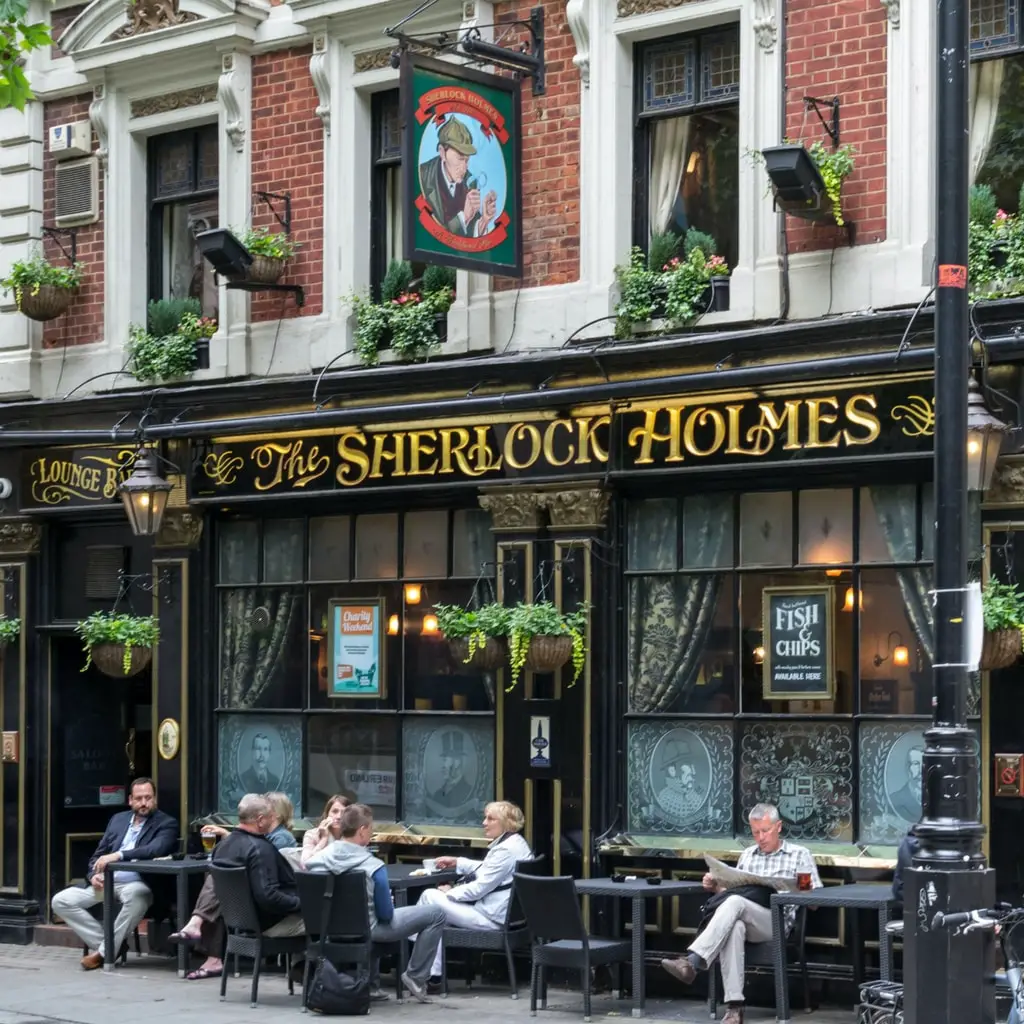
The Sherlock Holmes Pub (By dconvertini – _DSC5733, CC BY-SA 2.0, https://commons.wikimedia.org/w/index.php?curid=29681865)
The Sherlock Holmes pub was formally called the Northumberland Arms and appeared as such in the Sherlock Holmes Story “The Adventure of the Nobel Bachelor”. The pub was renamed “The Sherlock Holmes” in 1957 after the owners had acquired the Sherlock Holmes exhibit from the Festival of Britain. You can still see the displays upstairs in the pub which recreates the interior of Holmes’ rooms at 221B Baker Street.
Also, in “The Adventure of the Illustrious Client”, the Turkish baths in Northumberland Street are mentioned. One of the entrances to the baths can still be seen near the present day Sherlock Holmes pub.
Scotland Yard
Nearest Tube: Westminster
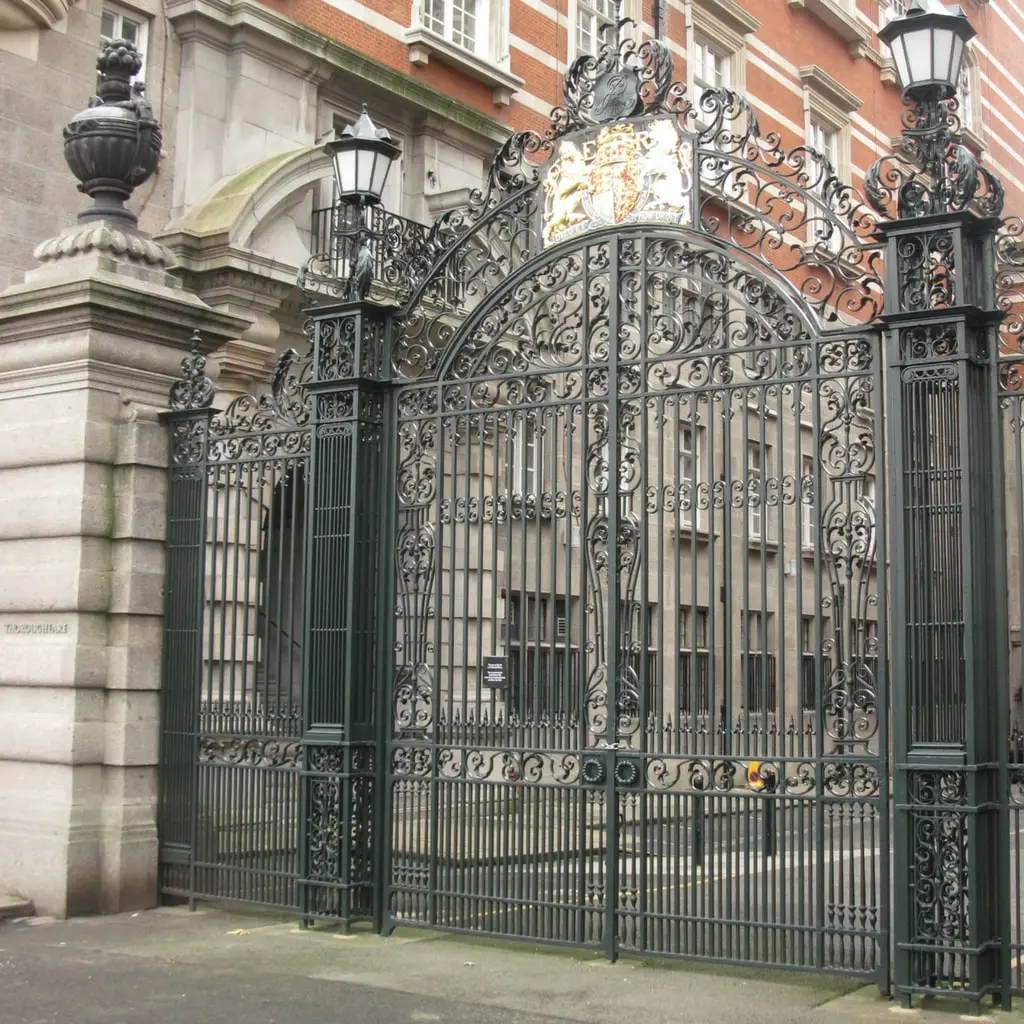
Norman Shaw Buildings, previously New Scotland Yard.
London’s Metropolitan Police Service was created in 1829. The original headquarters of the force was at 4 Whitehall Place and backed onto Great Scotland Yard, which gave the headquarters its name. In 1890, the force moved into a new larger building on the Embankment which was named New Scotland Yard. The Metropolitan Police Force moved out of this building in 1967 and it, and the later building next door was renamed the Norman Shaw buildings. Scotland Yard’s current HQ is next door in the former Curtis Green building.
Sherlock Holmes, of course, helped out Scotland Yard officers in many adventures, especially Inspector Lestrade. The original Norman Shaw building would have been Scotland Yard during the time that Holmes solved most of his cases. This building will also be familiar to you if you’ve watched the old British crime movies from the 1930s to the 1960s.
Scotland Yard does have a Crime Museum, but unfortunately it is not open to the public. However, if you are interested in London’s crime history, there are some other museums that might be of interest:
- The Clink Prison Museum Nearest Tube: London Bridge.
- Museum of London Nearest Tube: Barbican. Some exhibits relate to crime and punishment in London.
- The Thames River Police Museum Nearest Overground: Wapping. Viewing by appointment only, see website for details.
The London Underground
The first underground railway in the World was the Metropolitan Railway which opened in 1863 and ran from Paddington to Farringdon Street. This stretch of line is now part of the Hammersmith & City line of the London Underground. The H&C/Circle line platforms at Baker Street Station have been restored to near original condition with information boards so that you can read about the early history of the line.
The Metropolitan Railway was mentioned a few times in the Sherlock Holmes stories. For example, in “The Adventure of the Bruce-Partington Plans”, the body of Arthur Cadogan West is found on the tracks near Aldgate Station.
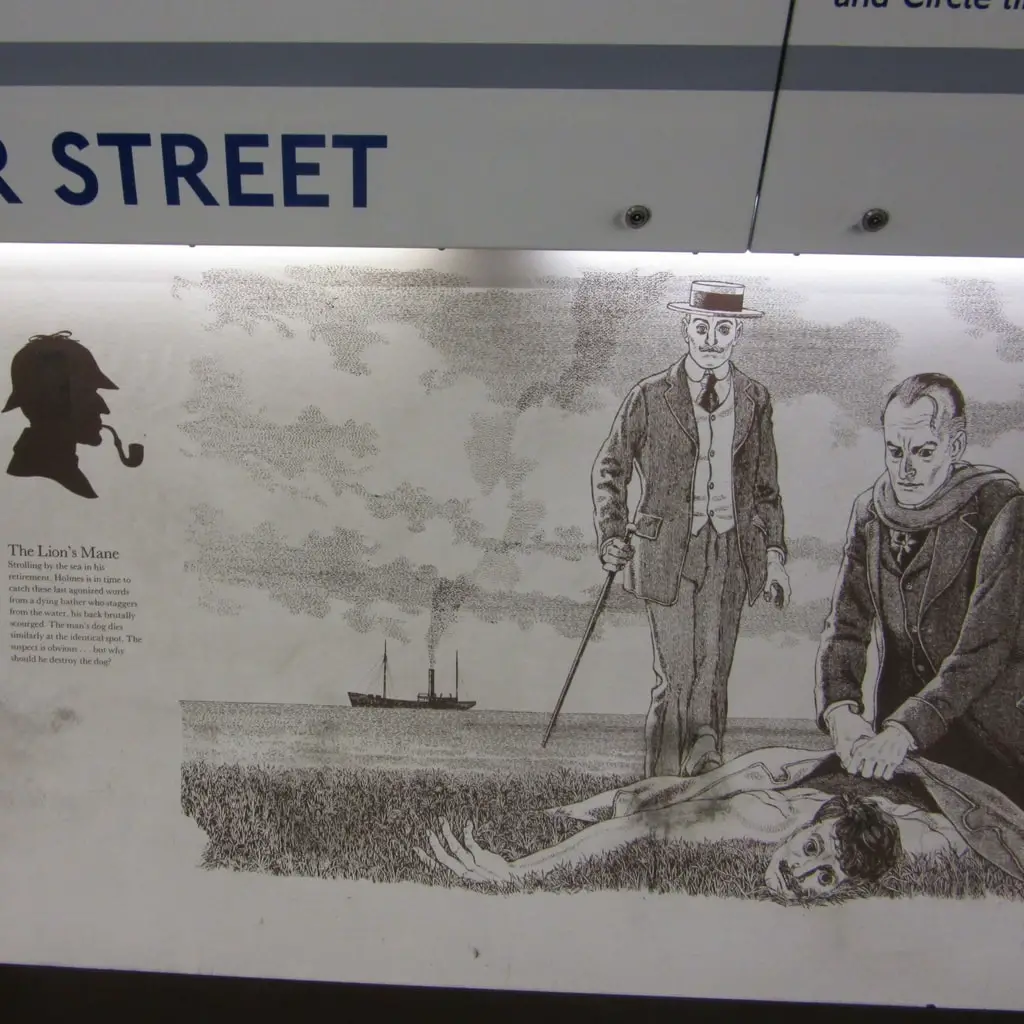
Baker Street Station, Jubilee Line Platform Mural
The Jubilee Line platforms at Baker Street have murals depicting some of the adventures of Sherlock Holmes.
Charing Cross Station
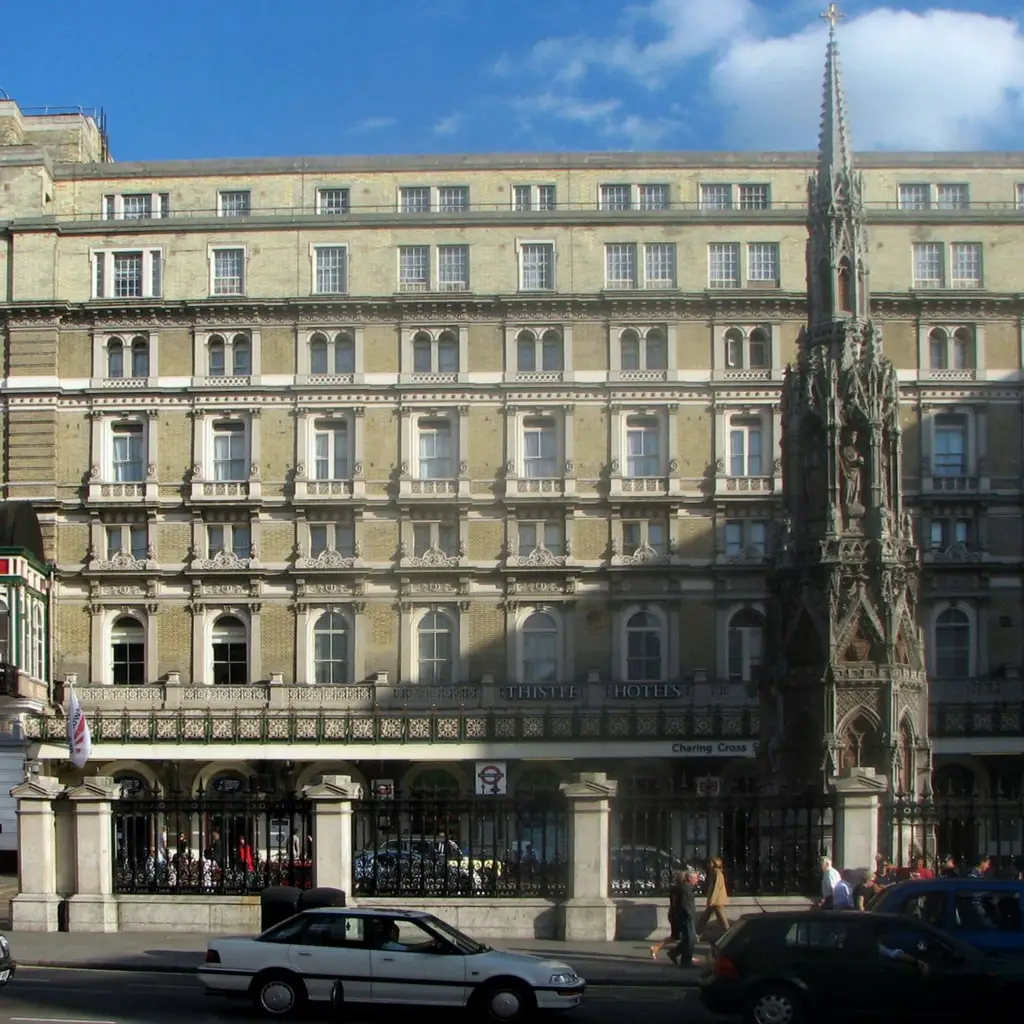
Charing Cross Station and Hotel (By Bernard Gagnon – Own work, CC BY-SA 3.0, https://commons.wikimedia.org/w/index.php?curid=6514248)
After Baker Street and Scotland Yard, Charing Cross Station is probably the most mentioned place in London. It appears in at least nine adventures. For example, the agent Hugo Oberstein is trapped in the hotel at the station by Holmes and Watson before he can get away to the continent with the stolen submarine blueprints in “The Adventures of the Bruce-Partington Plans”.
Many more Sherlock Holmes London locations have been mapped on Google here.
Happy sleuthing!

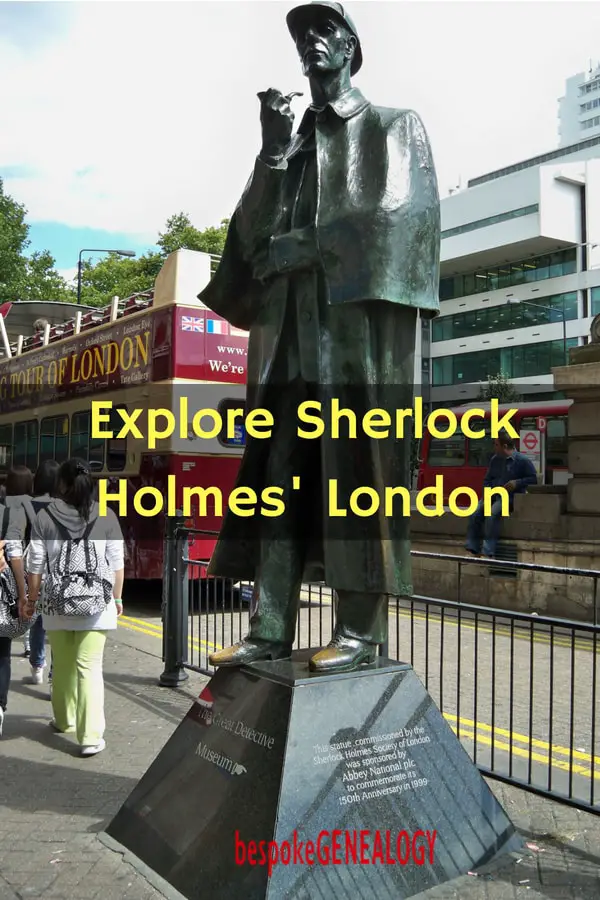

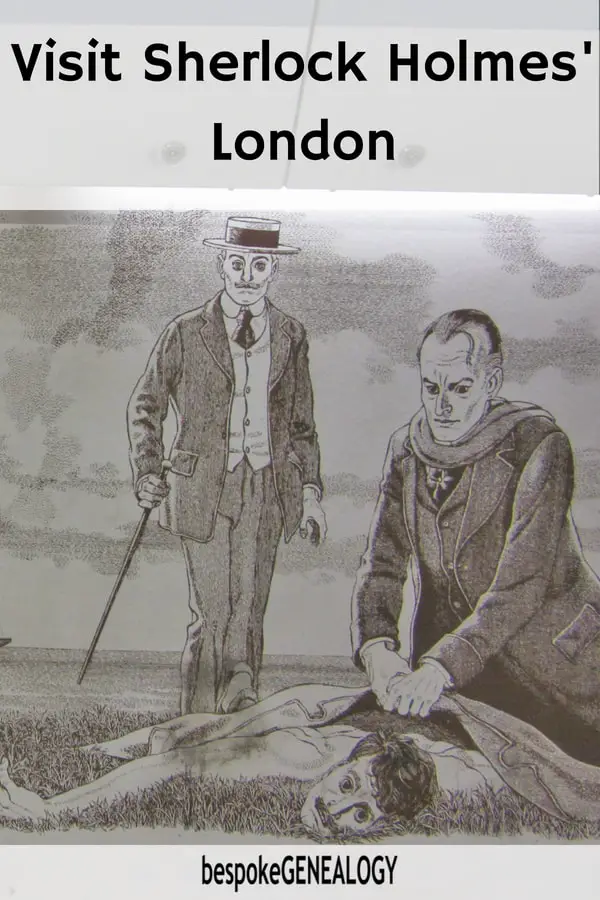
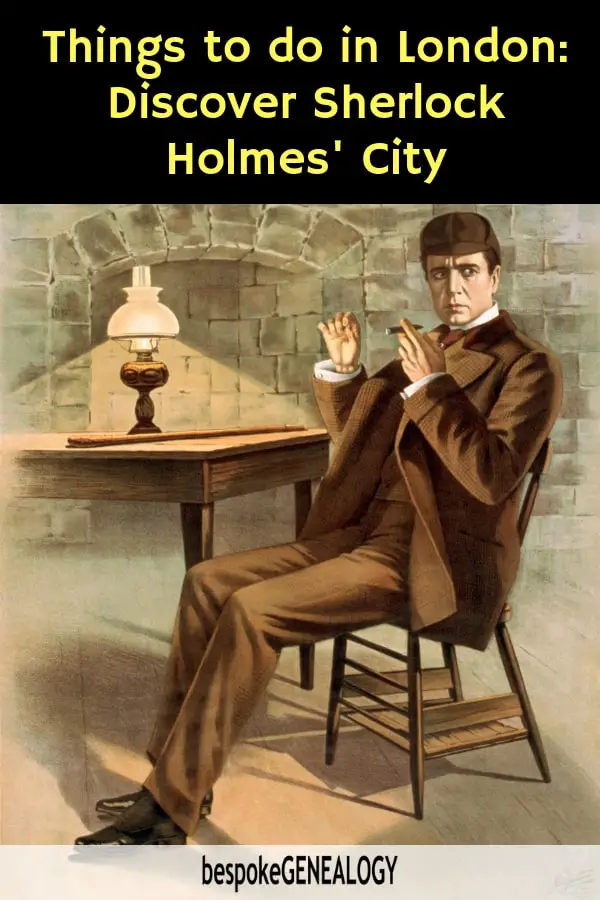
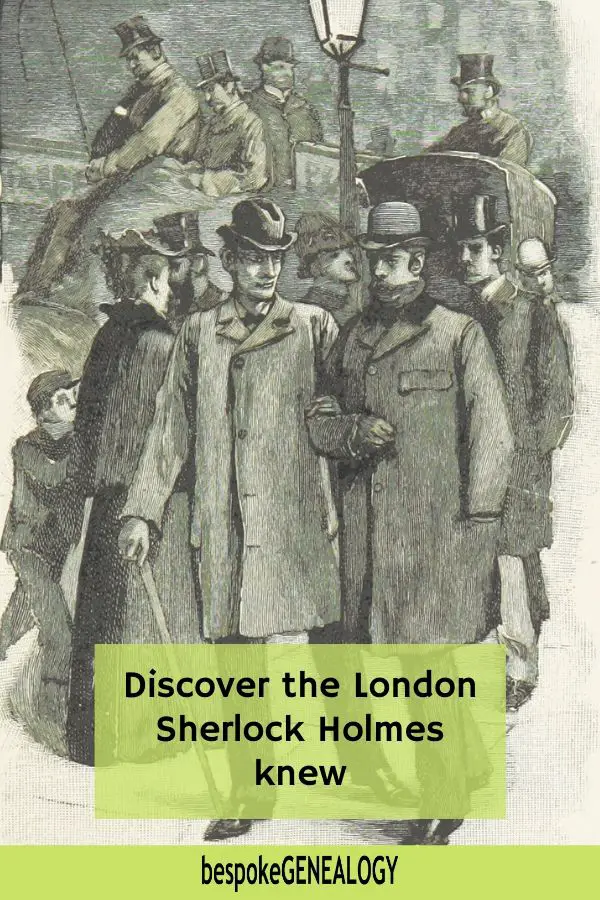
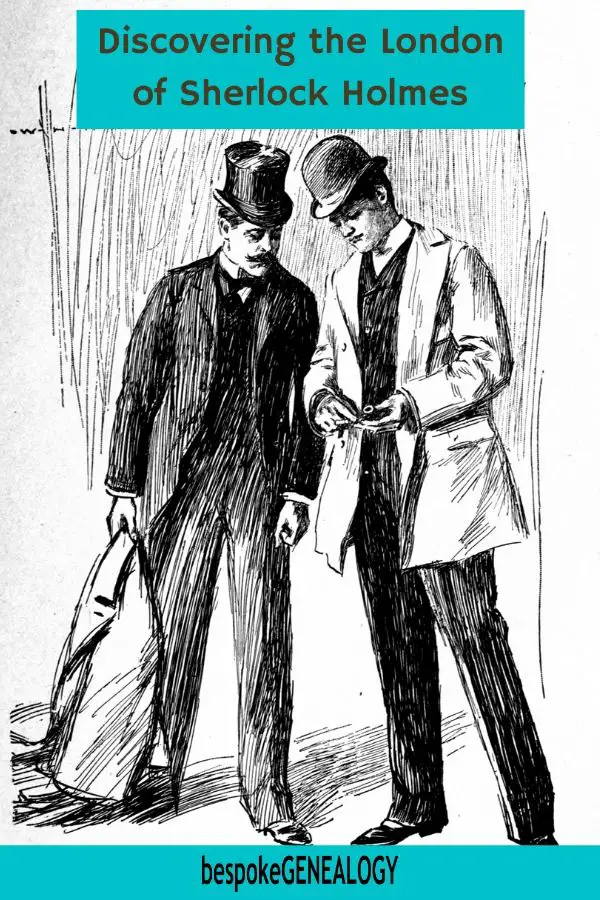
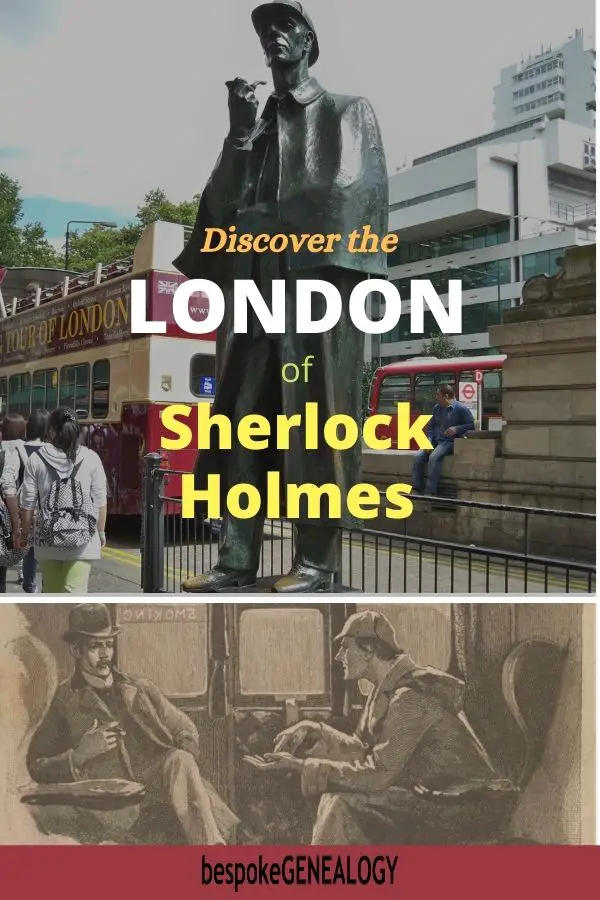
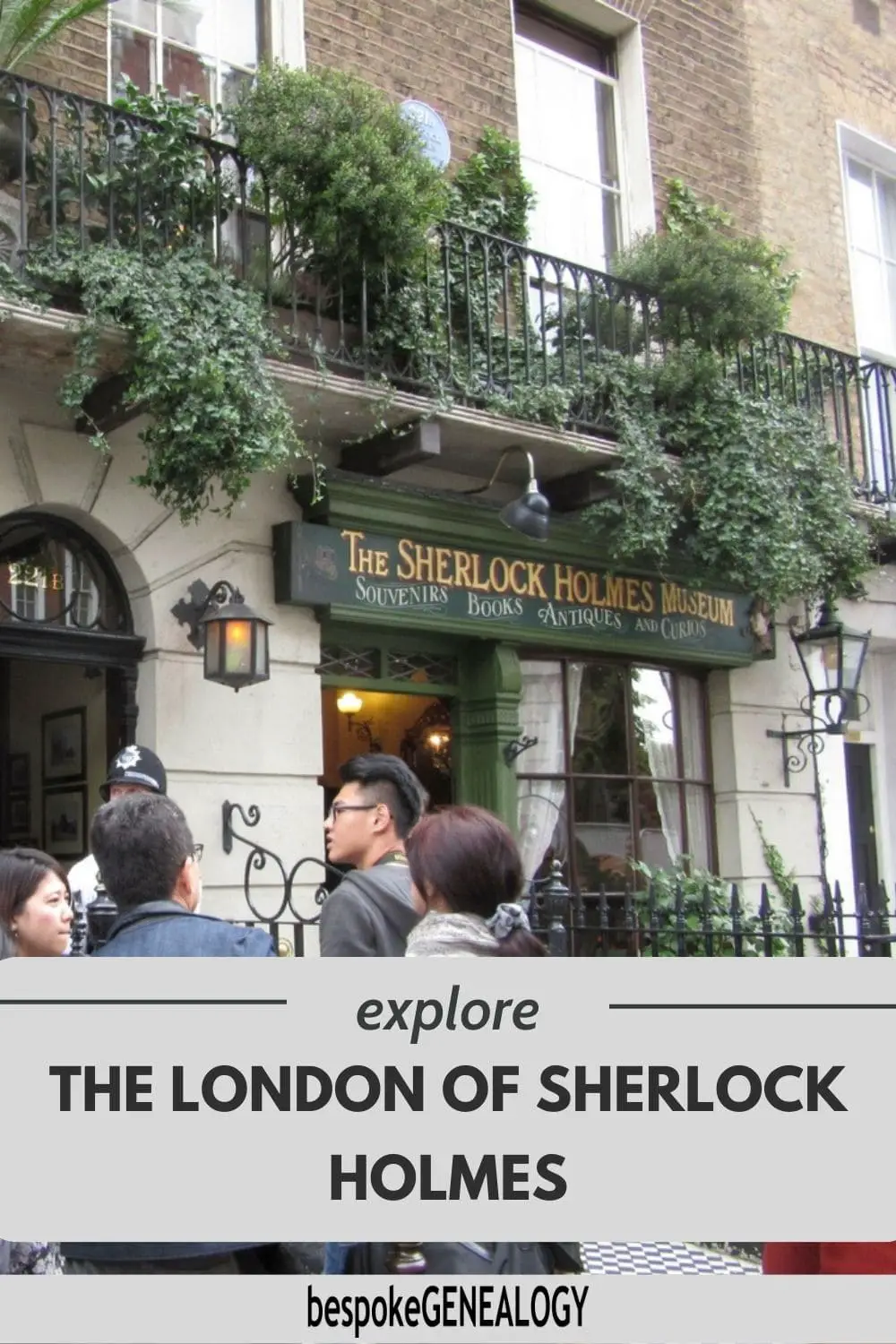

Leave A Comment